The Importance of Choosing the Right Fabric for Pants
When it comes to manufacturing pants, the choice of fabric plays a crucial role in determining the quality, comfort, and durability of the final product. For B2B buyers, especially those in the fashion industry, selecting the right material is not just about aesthetics but also functionality and long-term customer satisfaction. The fabric affects the pants’ breathability, elasticity, weight, and overall feel, directly influencing wearability and consumer preference. In men’s fashion, where design and fit are critical, choosing the appropriate material can make or break a collection.
How to Choose the Right Fabric for Pants
The process of selecting the best fabric for pants involves understanding the specific needs of your target market. Factors such as climate, style, intended use, and cost all play into the decision-making process. For example, materials suited for casual wear differ significantly from those needed for workwear or high-end fashion. Durability, ease of maintenance, and comfort are also critical factors. Below, we explore ten types of fabric ideal for pants, each with its distinct advantages and disadvantages.
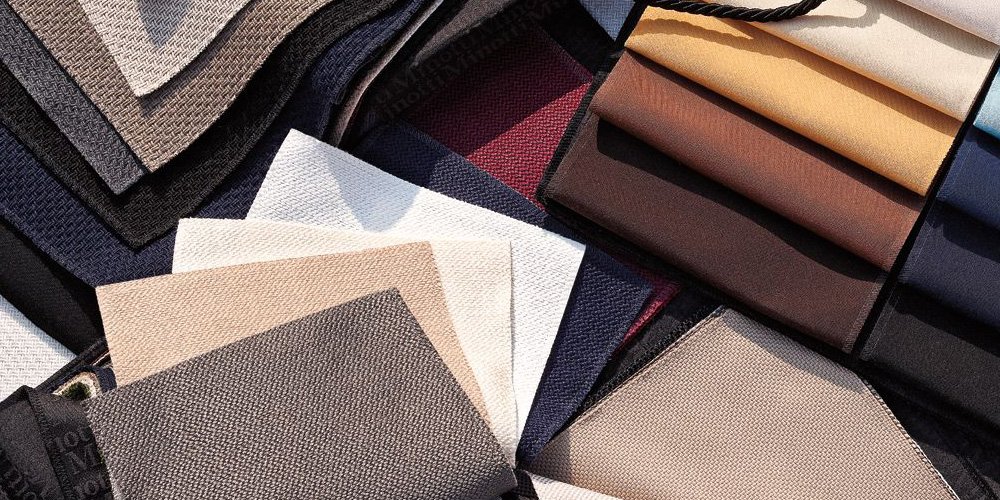
Recommended Fabrics for Pants
1. Canvas
Characteristics:
Canvas is a heavy-duty woven fabric, known for its durability and sturdiness. Originally used for sails and tents, it has become a popular choice for outdoor apparel, including pants.
Pros:
- Extremely durable
- Resistant to wear and tear
- Suitable for workwear and outdoor clothing
Cons:
- Stiff and lacks flexibility
- Not as breathable as lighter fabrics
Best for:
Canvas is ideal for cargo pants, work pants, and outdoor trousers, where strength and resilience are a priority.
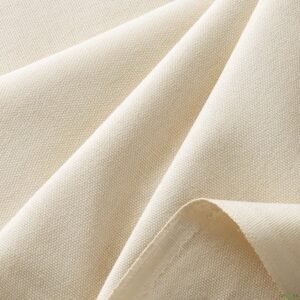
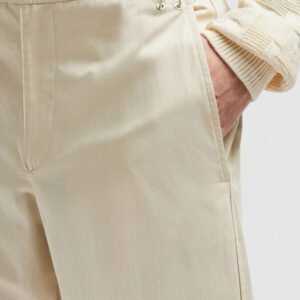
2. Cotton
Characteristics:
Cotton is one of the most commonly used fabrics in the clothing industry. It is soft, breathable, and comfortable, making it an excellent choice for casual and everyday pants.
Pros:
- Breathable and soft
- Absorbs moisture
- Easy to dye and print
Cons:
- Prone to wrinkling
- Shrinks if not pre-treated
Best for:
Cotton is best suited for casual pants, such as chinos, summer trousers, and lounge pants.
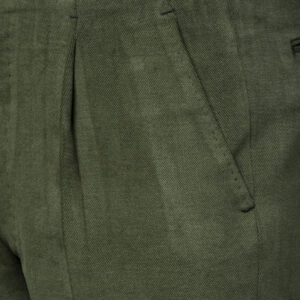
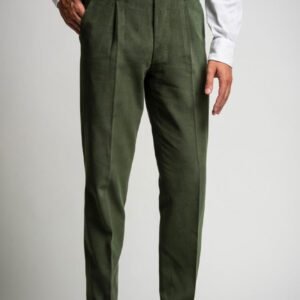
3. Denim
Characteristics:
Denim is a sturdy cotton twill fabric, typically associated with jeans. It has a distinct diagonal weave, making it strong and long-lasting.
Pros:
- Extremely durable
- Ages well with time
- Versatile and fashionable
Cons:
- Heavy
- Can feel stiff when new
Best for:
Denim is perfect for making jeans, casual pants, and streetwear, offering both style and durability.
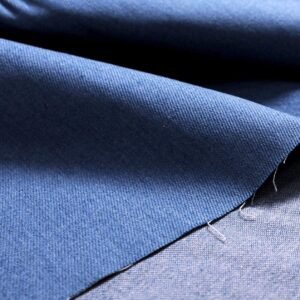
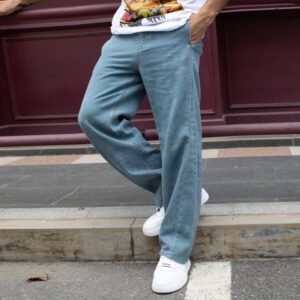
4. Spandex (Lycra)
Characteristics:
Spandex is a synthetic fiber known for its exceptional elasticity. When blended with other fabrics, it provides stretch and flexibility.
Pros:
- High stretchability
- Adds comfort to fitted pants
- Retains shape over time
Cons:
- Not breathable on its own
- Can lose elasticity with time if not properly cared for
Best for:
Spandex is often used in athleisure, sportswear, and slim-fit pants that require a snug fit and flexibility.
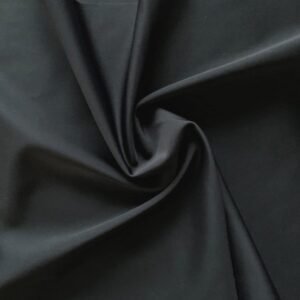
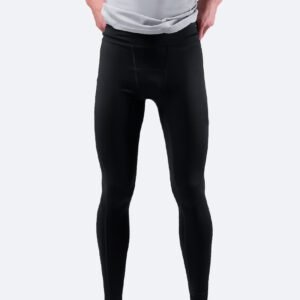
5. Polyester
Characteristics:
Polyester is a synthetic fiber widely used for its durability and resistance to wrinkles, shrinking, and fading. It is also highly versatile and cost-effective.
Pros:
- Resistant to wrinkles and shrinking
- Lightweight and durable
- Easy to care for
Cons:
- Less breathable than natural fibers
- Can trap odors
Best for:
Polyester is ideal for activewear, uniforms, and pants requiring low maintenance and high durability.
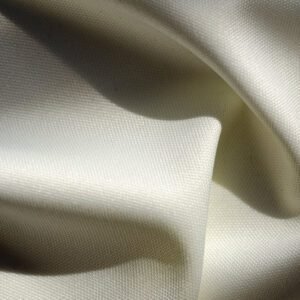
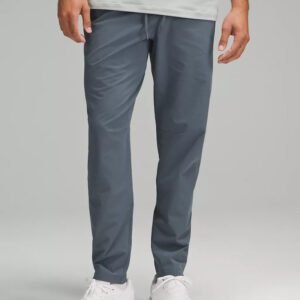
6. Linen
Characteristics:
Linen is a natural fiber made from the flax plant, known for its cool, breathable qualities. It is especially popular in warmer climates due to its ability to wick moisture away from the body.
Pros:
- Extremely breathable
- Lightweight and comfortable
- Moisture-wicking properties
Cons:
- Wrinkles easily
- Requires special care when washing
Best for:
Linen is best suited for summer pants, casual trousers, and beachwear, offering a cool and relaxed fit.
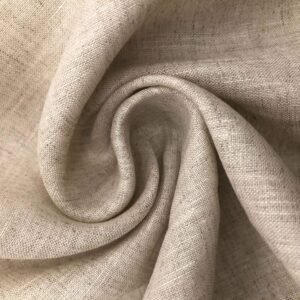
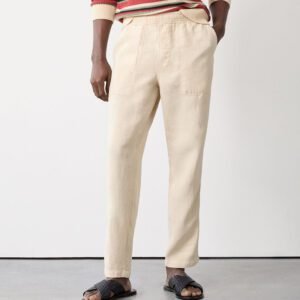
7. Wool
Characteristics:
Wool is a natural fabric that is prized for its warmth and insulating properties. It is ideal for colder weather and formalwear due to its luxurious feel and appearance.
Pros:
- Warm and insulating
- Soft and comfortable
- Natural moisture resistance
Cons:
- Can be itchy depending on the grade of wool
- Requires special care (dry cleaning)
Best for:
Wool is perfect for dress pants, winter trousers, and formal slacks, providing both warmth and elegance.
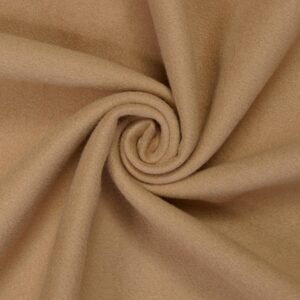
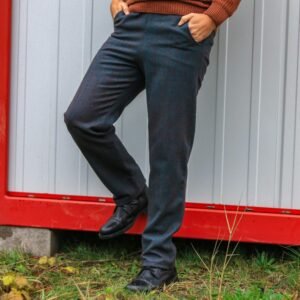
8. Silk
Characteristics:
Silk is a luxurious natural fiber known for its smooth texture and elegant drape. It is often associated with high-end fashion and formalwear.
Pros:
- Soft and luxurious feel
- Lightweight and breathable
- Natural shine and elegance
Cons:
- Expensive
- Requires delicate care
Best for:
Silk is ideal for formal trousers, evening pants, and luxury fashion where elegance and comfort are key.
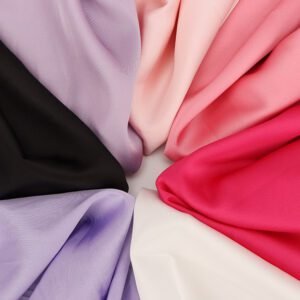
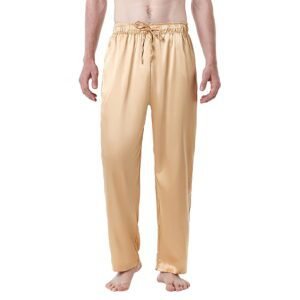
9. Rayon
Characteristics:
Rayon is a semi-synthetic fiber made from natural sources such as wood pulp. It mimics the feel of silk, offering a lightweight and soft texture.
Pros:
- Soft and smooth
- Affordable alternative to silk
- Breathable and drapes well
Cons:
- Prone to shrinking
- Less durable than other synthetic fibers
Best for:
Rayon is often used in summer pants, lounge trousers, and casual wear, providing a comfortable and budget-friendly option.

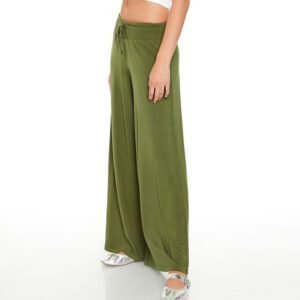
10. Corduroy
Characteristics:
Corduroy is a ridged fabric made from twisted fibers that are woven into parallel lines. It is durable and provides a unique texture, making it a popular choice for fall and winter clothing.
Pros:
- Warm and durable
- Distinctive texture
- Comfortable and soft
Cons:
- Can feel heavy
- Not suitable for hot weather
Best for:
Corduroy is best for casual pants, work pants, and winter trousers, offering warmth and a distinctive look.
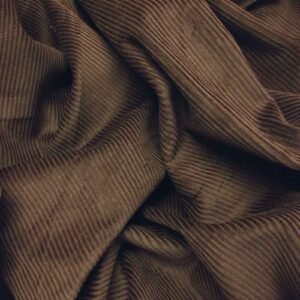
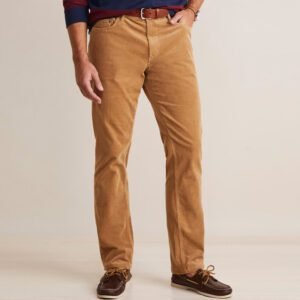
Conclusion
Choosing the right fabric for pants is essential for both manufacturers and buyers. Each fabric has its own strengths and weaknesses, making it suitable for specific types of pants. Whether you’re looking for durability, comfort, or luxury, understanding the characteristics of these ten fabrics will help you make informed decisions for your product line. By selecting the ideal material, you’ll ensure your pants are not only stylish but also practical and long-lasting, meeting the needs of your customers in a competitive market.







